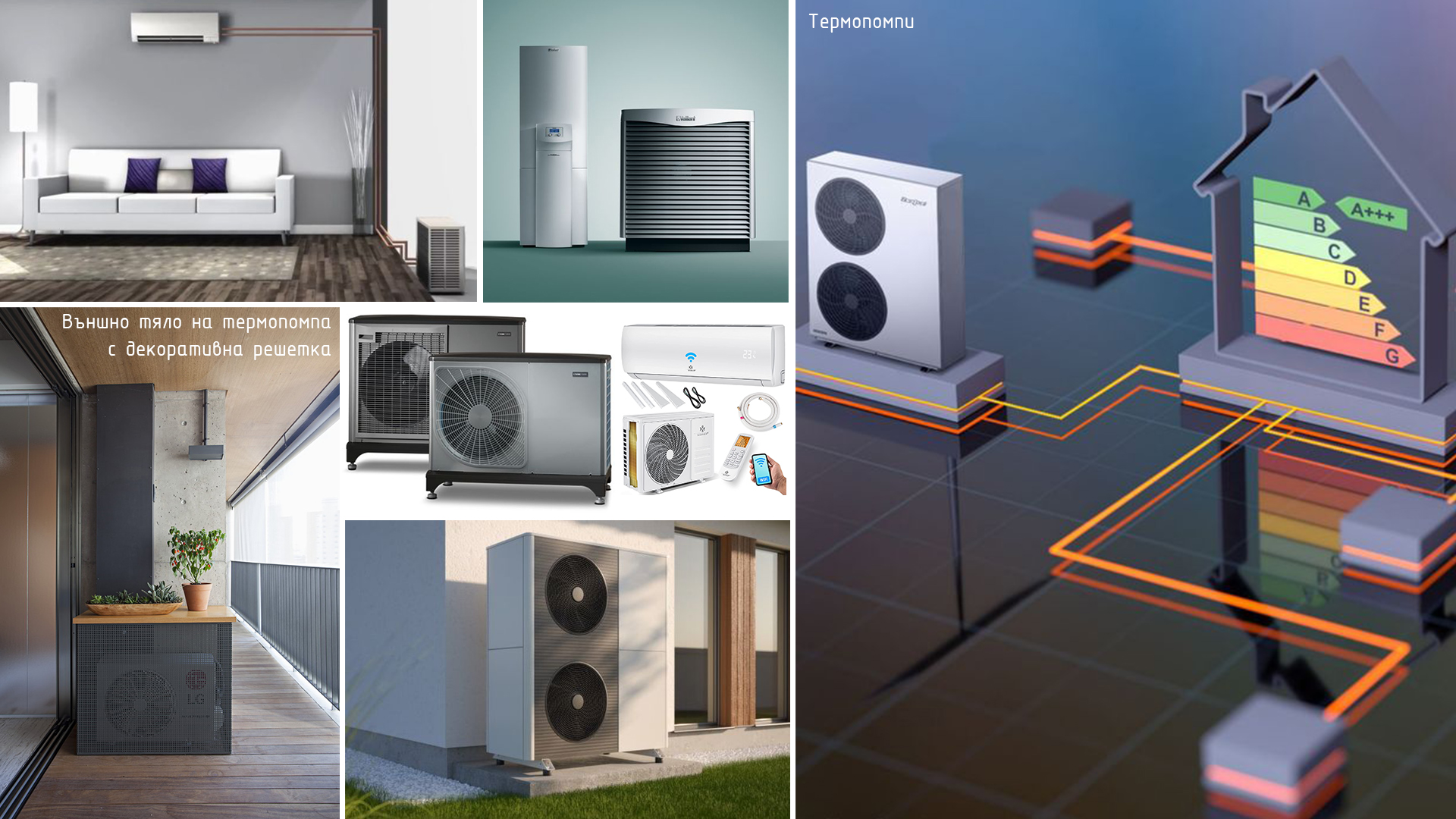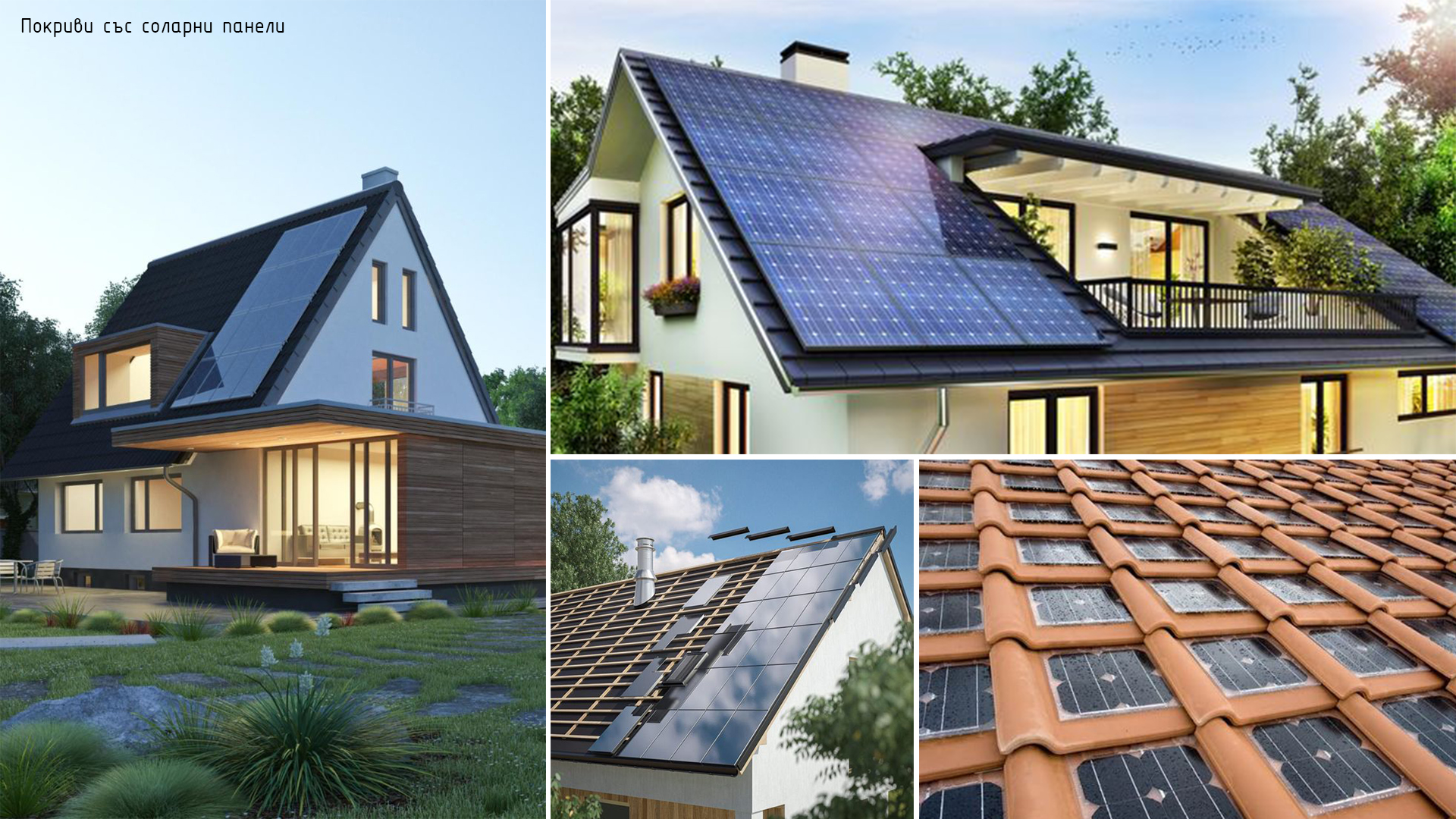Home Heating

During the high temperatures of July, many people start thinking about heating their homes. Heating the home is an extremely important but often challenging topic for many individuals. Home heating is one of the key aspects of creating a cozy environment during the cold months. Building an appropriate heating system is not an easy task and usually comes with many challenges. As traditional solid fuel technologies are considered outdated, inefficient, and polluting, let's explore the modern ecological and economical alternatives.
First and foremost, we need to distinguish between two main terms: heat source and heating appliance. Heat pumps, electric, gas, or pellet boilers, external parts of air conditioners... These are devices that directly produce heat. However, all of them require heating elements such as underfloor heating, radiators, convectors, internal parts of air conditioners..., which practically transfer the produced heat into the rooms. In addition to the standard power supply to the installations through electricity, biofuels, and pellets, modern solutions also include direct power supply from solar panels. In this case, the initial investment is higher, but it quickly pays off due to low costs over time.
The main advantages and disadvantages of different types of heating are as follows:
Air Conditioners

Air conditioners, whether standalone, floor-mounted, or wall-mounted, are one of the most preferred options for heating and cooling, especially in apartments. They are accessible, energy-efficient, environmentally friendly, aesthetically pleasing, and come with manufacturer warranties. The offerings in the modern market are suitable for small to medium-sized spaces. On the other hand, you need to consider a suitable location for installing the external unit, as well as be aware that the devices require annual maintenance such as filter replacement, coil cleaning, drainage system maintenance, refrigerant refilling, etc. For heating larger spaces, it is advisable to explore other options as well.
Heat Pumps

A heat pump is essentially a large air conditioner with gas or electric power supply that can be connected to convectors, radiators, or underfloor heating. It can be used for both heating and cooling, and one of its major advantages is the ability to also heat water. Heat pumps are more energy-efficient compared to air conditioners, require no maintenance, and are suitable for central heating of large areas. The initial investment for installing such a system is higher, but it pays off quickly due to reduced energy costs. One drawback is the need for sufficient space for installing the external unit, which can be noisy for certain models. Despite these drawbacks, heat pumps are one of the most efficient and preferred modern heating solutions.
Boilers

Boilers are another commonly used heating system and can be gas, electric, or pellet-based. The boiler unit can be installed in a separate room or built into furniture. There are various boiler sizes available on the market depending on the size of the spaces to be heated. The heating elements connected to the unit can be underfloor heating or radiators. The system has a long lifespan, easy installation, convenient temperature control, and is environmentally friendly and cost-effective. Boilers allow both standalone use and combination with other heating installations, and they have the ability to heat water. It should be noted that pellet boilers require periodic pellet reloading, and storage space needs to be considered for them. One drawback of all types of boilers is that they cannot be used for cooling during the summer months. Nevertheless, they remain among the most efficient and preferred modern heating solutions.
Modern Solutions and Innovations

Underfloor heating is well-known and has its advantages. However, many people are unaware of wall heating, which works on a similar principle to underfloor heating. It is a flexible and energy-efficient solution that allows freedom in room design. It can be powered by heat pumps or boilers and can easily be connected to renewable energy sources, including solar panels.
Solar Heating: Utilizing solar collectors to harness solar energy and convert it into heat can be an effective way to heat the home. This technology requires the installation of solar collectors on the roof or other suitable locations to collect solar energy and use it for heating water or directly for room heating.

Geothermal Systems: These systems utilize the heat from the earth's crust for heating and cooling the home. They use geothermal pumps that extract heat from the ground or underground water and use it for heating. This technology is energy-efficient and sustainable but requires system installation and access to suitable land space.
Another elegant solution is electric infrared heating panels. These devices use infrared rays to heat furniture and walls while eliminating moisture, providing comfort. Compared to most systems, they do not cause dust circulation in the rooms, have a long lifespan, low energy consumption, and are easy to install and maintain. They also have an elegant appearance, which is becoming increasingly important when choosing a heating system.
Heating installations often pose challenges, especially with the wide variety of modern solutions available on the market. We hope that this article has helped you make an informed decision, but if you have any questions, we will be happy to assist you.

